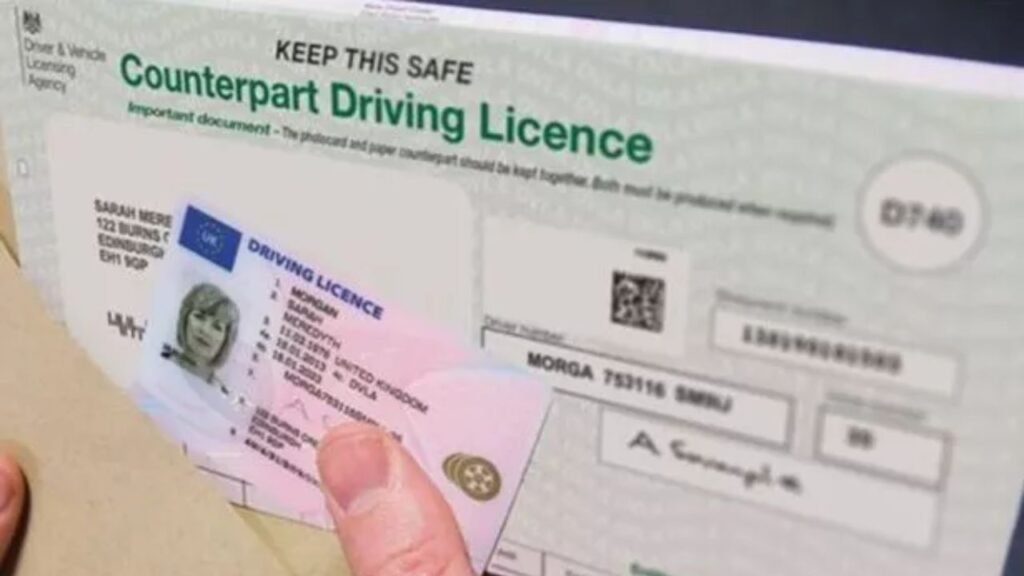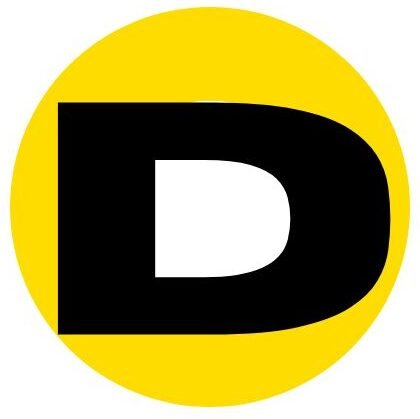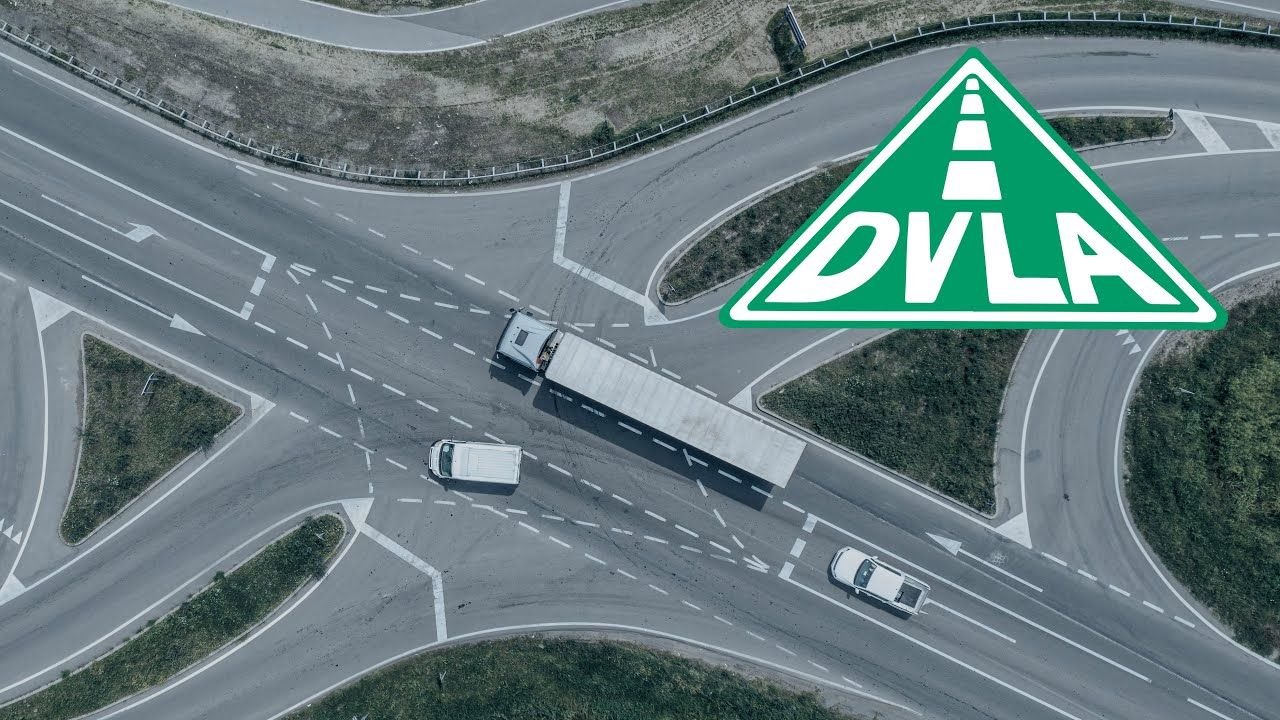For most drivers, number plates may feel like a routine detail a piece of plastic fixed to the car that rarely gets much thought. But for the DVLA, number plates are vital for road safety, law enforcement, and vehicle tracking. They allow police to identify cars involved in accidents, enforce speed limits, and monitor compliance with MOT and tax rules. Because of their importance, the DVLA has now tightened its regulations, and failing to comply could cost motorists dearly.
The New DVLA Rule Explained
Starting in 2025, drivers who use incorrect or illegal number plates face stricter penalties. Even small mistakes like spacing letters incorrectly or using the wrong font can result in fines of up to £1,000. The updated rules also make it clear that damaged, faded, or dirty plates will no longer be tolerated. In fact, these changes will now be tied directly to MOT tests, meaning that an illegal plate could prevent you from driving your vehicle altogether.
Common Mistakes That Could Lead to Fines
The DVLA has outlined several issues that drivers must avoid. Incorrect spacing is one of the most common problems, often done to make a plate resemble a word or name. Decorative fonts and unusual lettering styles are also banned because they make plates harder to read. Adding stickers, patterns, or tinted backgrounds is not allowed, and even something as simple as a dirty or faded plate can attract penalties. What many drivers see as harmless personalisation can quickly cross into illegality under the new system.
What Makes a Plate Legal

The DVLA has strict requirements to ensure plates are clear and uniform. Front plates must have black characters on a white background, while rear plates must use black characters on a yellow background. Only the approved Charles Wright font is permitted, with correct spacing between characters. Plates must also display the supplier’s details and a British Standard (BS) mark. Any plate that falls outside of these standards risks being flagged by police or failing an MOT inspection.
Enforcement and Technology
From September 2025, enforcement of the new rules will become more rigorous thanks to ANPR (Automatic Number Plate Recognition) technology. Cameras are increasingly used by police and local authorities to identify illegal or unreadable plates. If your plate cannot be detected, you could face an automatic fine or be stopped by officers. MOT testers will also be required to fail any vehicle with damaged, obscured, or non-standard plates, forcing drivers to replace them before they can return to the road.
The Cost of Non-Compliance
Fines for breaking the rules are designed to be a strong deterrent. Drivers can be issued a £100 fixed penalty notice on the spot, but more serious cases may go to court, where fines of up to £1,000 can be imposed. In extreme circumstances, the DVLA can even withdraw the plate altogether, making the vehicle illegal to drive until it has been corrected. For something as simple as a cracked plate or altered spacing, the financial and practical consequences can be significant.
Impact on Personalised Number Plates
Personalised number plates remain hugely popular in the UK, but the DVLA’s rules still apply. Owners cannot adjust spacing or add decorative touches to make their plate spell out a name or phrase. Any attempt to bend the rules risks losing the plate completely. While this may frustrate some car enthusiasts, the DVLA insists that uniformity is essential for law enforcement and road safety.
How Drivers Can Stay Compliant
Avoiding fines is straightforward if motorists take a few simple steps. Regularly check plates for damage, fading, or dirt, and clean them when needed. Always buy replacements from DVLA-approved suppliers, who ensure plates meet legal standards. Resist the temptation to personalise spacing or fonts, even on private plates. And if a plate is cracked or unreadable, replace it immediately rather than risk a fine or MOT failure.
Why the Crackdown Matters
Although some drivers argue the fines are too harsh, the DVLA points out that number plates are central to fighting crime and ensuring safety on the roads. Illegal plates can help criminals avoid detection, make stolen cars harder to trace, and undermine traffic enforcement systems. By setting a high fine, the DVLA aims to discourage tampering and encourage compliance across the board.
The new DVLA number plate rule is a clear message to drivers: small mistakes can have big consequences. With fines of up to £1,000, stricter MOT checks, and increased camera enforcement, it has never been more important to ensure your plate is legal and clearly visible. For drivers, the best protection is simple stick to the official guidelines, avoid unnecessary personalisation, and keep plates in good condition.

